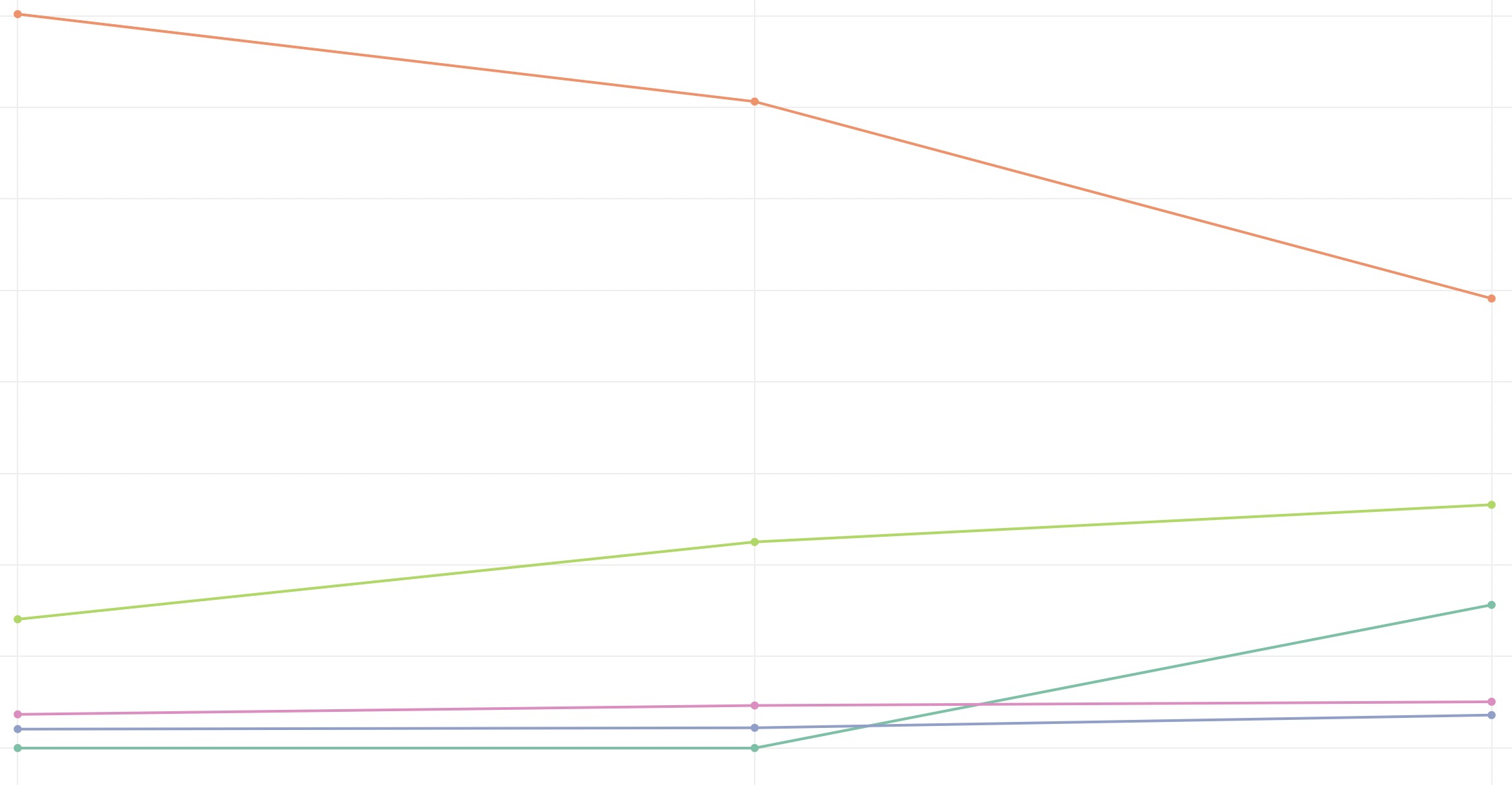Last year’s NSW council elections were the first council elections to use iVote, the online voting platform. It proved to be a popular option, which caused problems with the platform being overwhelmed by late registrations on election day, leading to many voters not being able to cast their votes.
iVote proved to be a source of a significant share of the vote, much bigger than postal voting. As expected, there was a decline in election day voting. While pre-poll voting did increase, most of that dropoff shifted to iVote.
iVote also appears to be the explanation for the drop in the informal rate, with most other voting methods producing very similar informal rates to the last election cycle.
Like all Australian elections, there was already a trend away from in-person election-day voting prior to the COVID-19 pandemic, with election day ordinary voting making up 80% of the vote in 2012 and just 70.6% in 2016-17.
Postal voting has been increasing slowly, although it’s about half what you’d get at a federal election. Pre-poll voting had increased from 14% in 2012 to 22.5% in 2016-17.
In 2021, that slow increase in postal voting continued, while pre-poll voting moved up to 26.6%.
In-person election day voting crashed from 70.6% to 49.1%.
Meanwhile iVote debuted with a massive 15.6%, three times the vote share for postal voting.
When I was analysing the informal rate, I wondered whether iVote had contributed to the decline in the informal rate, as I had noticed that iVote samples had very low informal rates. And that appears to be correct.
Unfortunately I appear to have informal votes at the booth level for only some council areas at the 2012 election so I can’t include that in the sample, but between 2016-17 and 2021, most vote types had a very similar informal rate.
Ordinary voting has the highest informal rate, with 7.6% in 2021. Pre-poll voting is at 5.8%, while the informal rate for postal voting is much lower at 2.3%, although it had the biggest increase.
Meanwhile just 1.03% of iVotes were informal. With iVotes contributing over 15% of the total vote, that’s going to have an impact on the informal rate.




Excellent work all round dear Sir!
Based on this analysis (and obviously overcoming the teething / capacity issues) one wonders if this will be made the alternative to “postal” elections flagged in future legislation/ regulations to address rising electoral costs and potential self administered elections or the use of private sector agents?
From NSWEC point of view it can either ‘build an empire’ or just regulate, rather than administer?
I registered for iVote well in advance, but on the day was unable to use it. So while late registrations may have been the cause of problems, it affected all potential iVote users.
Comments are closed.